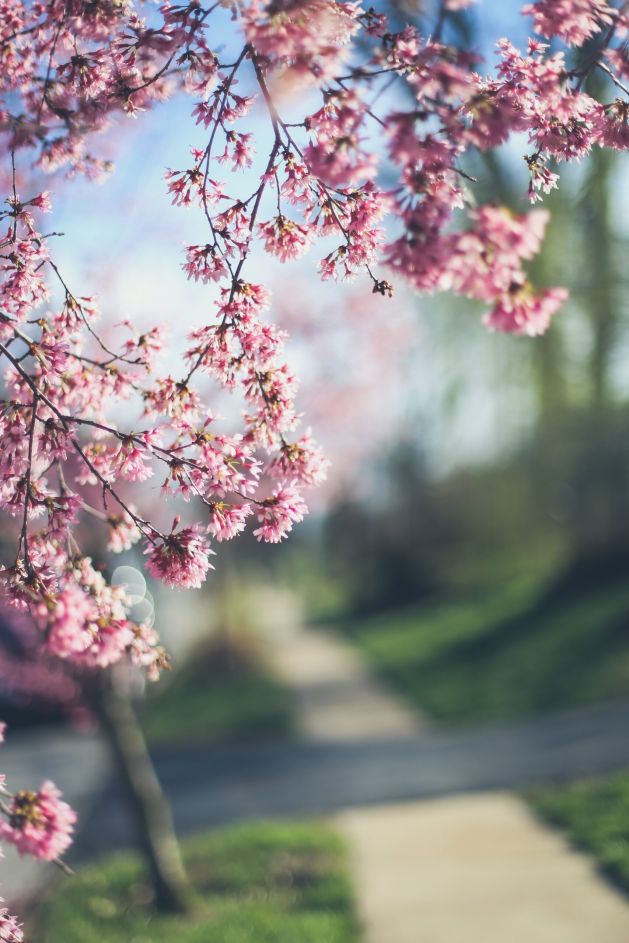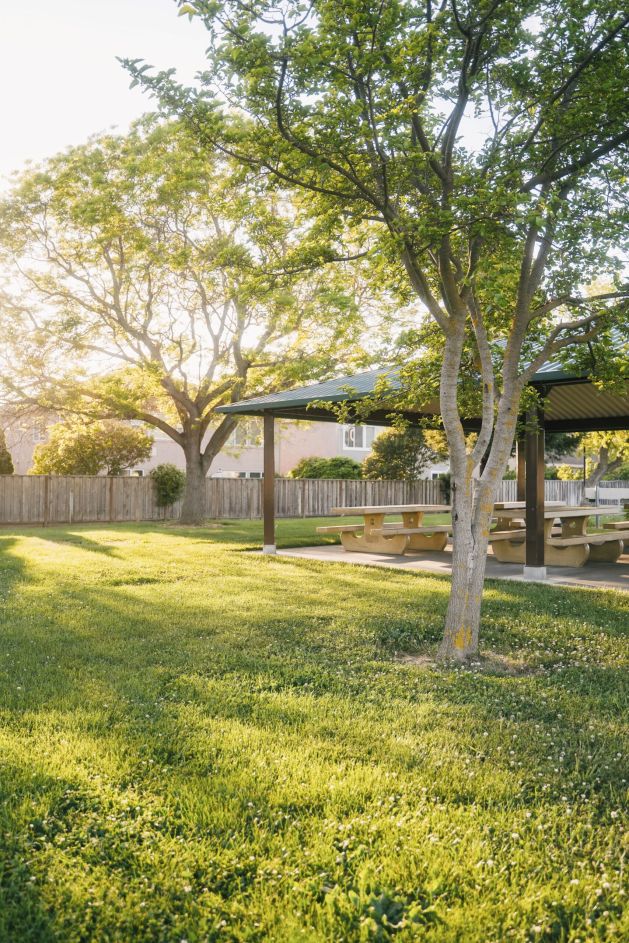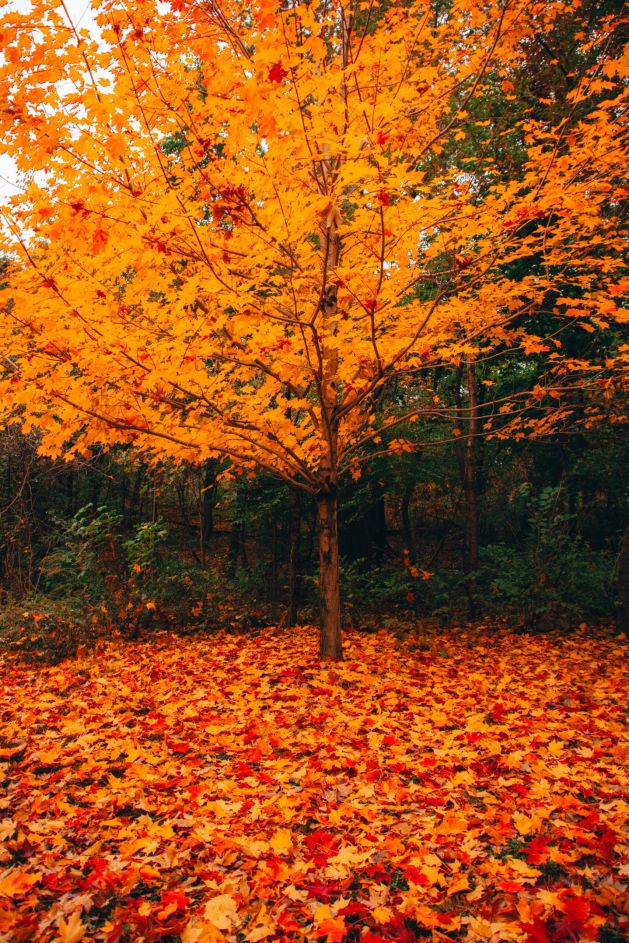Spring
Scale Insects | Scale insects begin to hatch in May or early June and can cause significant damage to plants. | More Info |
Crape Myrtle Bark Scale | Crape myrtle bark scale is a pest that caused black sooty mold on trees and limits flower growth. Egg hatch in PA is expected in May or June. | More Info |
Boxwood Leafminer | At the beginning of May, adult leafminers swarm boxwoods and lay eggs. | More Info |
Phytophthora Root Rot | In the beginning of May, phytophthora root rot can cause yellowing or wilted leaves on many shrubs and trees. | More Info |
Early Season Insect Treatments | In spring, we do insect treatments for pests such as scale insects, adelgid, pine weevil, eastern tent caterpillar, ambrosia beetle, spotted lanternfly, aphids, mites, lacebugs, boxwood leafminer, psyllid, and emerald ash borer. | More Info |
Integrated Pest Management (IPM) | In early spring, we perform first-round and second-round IPM evaluations and treatments, systemic treatments, and pest suppression techniques such as dormant oil treatments and pre-emergent herbicides. | More Info |
Spotted Lanternfly | In Mid-May spotted lanternfly eggs begin to hatch. | More Info |
Corrective Pruning | In spring we perform corrective pruning while trees are in their dormant state. Corrective pruning attempts to meet owners’ needs while helping the tree thrive. | More Info |
Soil Amendments | In spring we offer soil testing and apply potassium-based soil amendments and other foliar/prescription soil treatments to help plants fight off disease, like phytophthora rot. | More Info |
Deer | In spring, we use area and contact repellents to discourage deer from causing damage to high value landscape plants and trees. | More Info |
Ticks | In late spring, we treat for pests of human health such as ticks. | More Info |
Roots | In spring, root-collar excavation and root-zone invigoration is performed to correct conditions that prevent a tree from thriving. | More Info |
Growth Regulators | In late spring, root and foliar applications of growth regulators helps reduce terminal growth and improve root health and function, in addition to other benefits. | More Info |
Summer
Spotted Lanternfly | In August through mid-October, adult spotted lanternfly lay eggs. Treatments include short residual or bark systemic applications. | More Info |
Pests of Human Health | Treatment for ticks and mosquitos are big concerns in summer. | More Info |
Biological Controls | Emerald ash borer and other summer insects can be controlled using biological controls or beneficial insect releases. | More Info |
Roots | Root-zone invigoration and root-collar excavation are often performed in summer to improve tree health. | More Info |
Disease | Foliar and soil disease treatments are used in summer to treat for various tree issues. | More Info |
Bacterial Leaf Scorch | Bacterial leaf scorch is a systemic bacterial infection that is treated via cultural management practices in summer. | More Info |
Insect Pests | In summer, we treat for insect pests such as Japanese beetle, bagworm, and fall webworm. | More Info |
Autumn
Spotted Lanternfly | Adult spotted lanternfly lay eggs in August, September and the first half of October and in summer we use knock-down treatments. | More Info |
Soil Amendment | November through December is a good time for nitrogen-based soil amendment and fertilization to ensure that plants get the proper nutrients throughout the year. | More Info |
Deer | In November through February we focus on deer suppression to protect valuable plants and trees from deer feeding and antler rubs. | More Info |
Integrated Pest Management | Next round property evaluations and treatments, such as dormant oil treatments, take place from September to November. | More Info |
Pruning | In September through November, fall/sanitation is performed for tree health. | More Info |
Hemlock Woolly Adelgid | We often manage these pests in September through October, They can cause premature shedding of needles, diminished growth of twigs, significant dieback, and in worst cases, the loss of the tree. | More info |
Winter
Soil Amendment |
| More Info |
Deer | In November through February we focus on deer suppression methods to protect valuable plants and trees from deer feeding and antler rubs. | More Info |
Pruning | December through February are good months for dormant and structural pruning of trees and shrubs. | More Info |
Tree and Shrub Removal | Tree and shrub removal is common in December through February. | More Info |
Winter Tree Treatment | Anti-desiccant and anti-transpirant treatments help reduce tree water loss during the winter months. | More Info |





